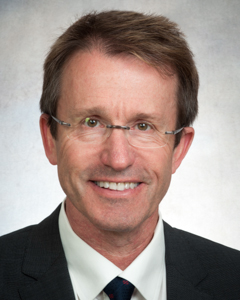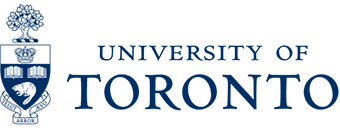
Dr. Christopher R. Forrest
“If opportunity doesn’t knock, build a door.”
— Milton Berle (actor and comedian, 1908-2002)
“Opportunities multiply as they are seized.”
— Sun Tzu (544 – 496 BC Chinese military general, strategist, and philosopher)
“Nothing is more expensive than a missed opportunity.”
— H. Jackson Brown, Jr. (American author best known for his inspirational book, Life’s Little Instruction Book)
Welcome back to the academic year and I hope that you all had an enjoyable summer and made the most of the briefest of our four seasons!
As I write, with temperatures on this Labour Day Weekend soaring into the 30’s, summer isn’t going away any time soon, but with the last few breaths of the Canadian National Exhibition, mist on the pond in the morning and certainly, waking up at my usual time to dark skies is an indicator that it is time to move on and embrace the fall season.
Invariably, in this message to welcome you into the new academic year, I reflect back on to what has transpired over the past couple of months and make some light and pithy comments about books read or places visited and how quickly time goes by. But this year, the sobering events going on in other parts of the world bring to mind other thoughts.
In my introductory comments in our most recent newsletter, I have emphasized how fortunate we are as a group of specialists in terms of our place in the health care system. But that doesn’t come without some level of stewardship and responsibility. And part of that is taking advantage of the opportunities that present themselves. Opportunity may be thought of as a set of circumstances that makes it possible to do something. This formal definition seems a little mundane but I am inspired by Milton Berle’s optimistic take. We have the unique chance to build our opportunities and take full advantage of them.
Hmmm, you are thinking. Sounds a little pollyanna and touchy-feely. No so. Our specialty has the unique skill set to be able to put a foot in the door of almost all clinical arenas.
So I would propose that there are many opportunities that we can build without stressing ourselves too much, for example:
|
|
|
|
|
|
And most of this can be done by just getting out of bed in the morning and doing what we do with our eyes more open.
So these are my thoughts in terms of taking advantage of the opportunities in front of our faces…
Can’t do this alone…
So my challenge to all of you in the division for the coming year is to make an opportunity and let me know about it… strength in numbers.
We are very fortunate to be able to have opportunities… many people in the world do not. Welcome back, everyone! Let’s do our best to make this a great year.
“You can’t stay in your corner of the Forest waiting for others to come to you. You have to go to them sometimes.”

Christopher R. Forrest, MD, MSc, FRCSC, FACS
Chair, Division of Plastic and Reconstructive Surgery
Chief, Division of Plastic and Reconstructive Surgery
Medical Director, HSC Centre for Craniofacial Care and Research
Department of Surgery, Faculty of Medicine
University of Toronto

